Why Is the Boiling Point of Ammonia So Low?
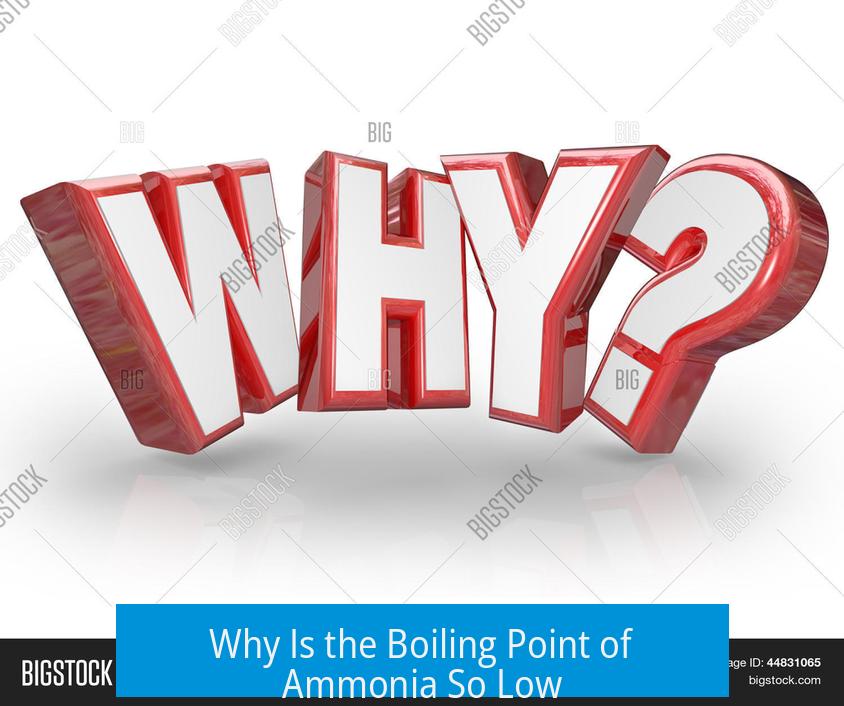
The boiling point of ammonia is low because it forms fewer hydrogen bonds than water, due to its molecular structure and limited hydrogen bonding capacity.
Hydrogen Bonding Capacity of Ammonia
Ammonia (NH3) molecules possess one lone pair of electrons on the nitrogen atom. This lone pair allows each ammonia molecule to form only one hydrogen bond with a neighboring molecule. In contrast, water (H2O) molecules have two lone pairs on oxygen. This enables water to form two hydrogen bonds per molecule.
The limited hydrogen bonding in ammonia reduces the strength of intermolecular attractions. As a result, less energy is required to separate the molecules into a gas, leading to a lower boiling point.
Electron Pair to Hydrogen Atom Ratio
Water has a more optimal ratio of free electron pairs to hydrogen atoms. This means water can establish a more extensive hydrogen bonding network. Ammonia’s ratio is less favorable, restricting bond formation.
- Water: 2 lone pairs and 2 hydrogen atoms → up to 4 hydrogen bonds per molecule (2 donors, 2 acceptors)
- Ammonia: 1 lone pair and 3 hydrogen atoms → typically only 1 effective hydrogen bond per molecule
This difference leads to much stronger overall intermolecular forces in water, which significantly raises its boiling point compared to ammonia.
Quantitative Boiling Point Difference
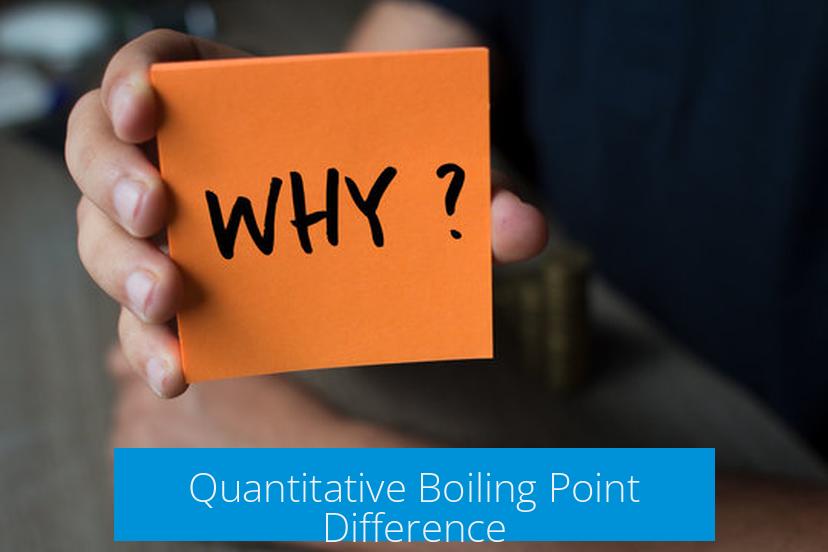
The boiling point of ammonia is approximately -33 °C, while water boils at 100 °C under standard conditions. This is about a 133 °C difference, reflecting the disparity in hydrogen bonding.
| Compound | Boiling Point (°C) | Hydrogen Bonds per Molecule |
|---|---|---|
| Ammonia (NH3) | -33 | ~1 |
| Water (H2O) | 100 | Up to 4 |
Because ammonia molecules form fewer hydrogen bonds, the cohesive forces between them are weaker. Thus, ammonia transitions to gas at a much lower temperature.
Summary of Key Points
- Ammonia’s nitrogen has only one free electron pair, limiting hydrogen bonding.
- Water’s oxygen has two free electron pairs, enabling more hydrogen bonds.
- Water forms a stronger hydrogen bonding network, raising its boiling point.
- Ammonia’s boiling point is about 133 °C lower than water due to weaker intermolecular forces.
Why is the Boiling Point of Ammonia So Low? Let’s Break It Down
At first glance, the boiling point of ammonia looks surprisingly low compared to water and other familiar liquids. Why? Simple: ammonia’s limited capacity for hydrogen bonding dramatically lowers its boiling point. But what does this really mean? Let’s dive in and uncover the molecules’ little quirks that cause such a big difference.
Imagine molecules as social beings at a party. Some love to shake hands (or bonds), others prefer to keep to themselves. The extent to which these molecular “handshakes” happen dictates how much energy (heat) it takes to break them apart, which in turn influences the boiling point.
The Role of Hydrogen Bonding — Why One Bonder Beats a Party of Two
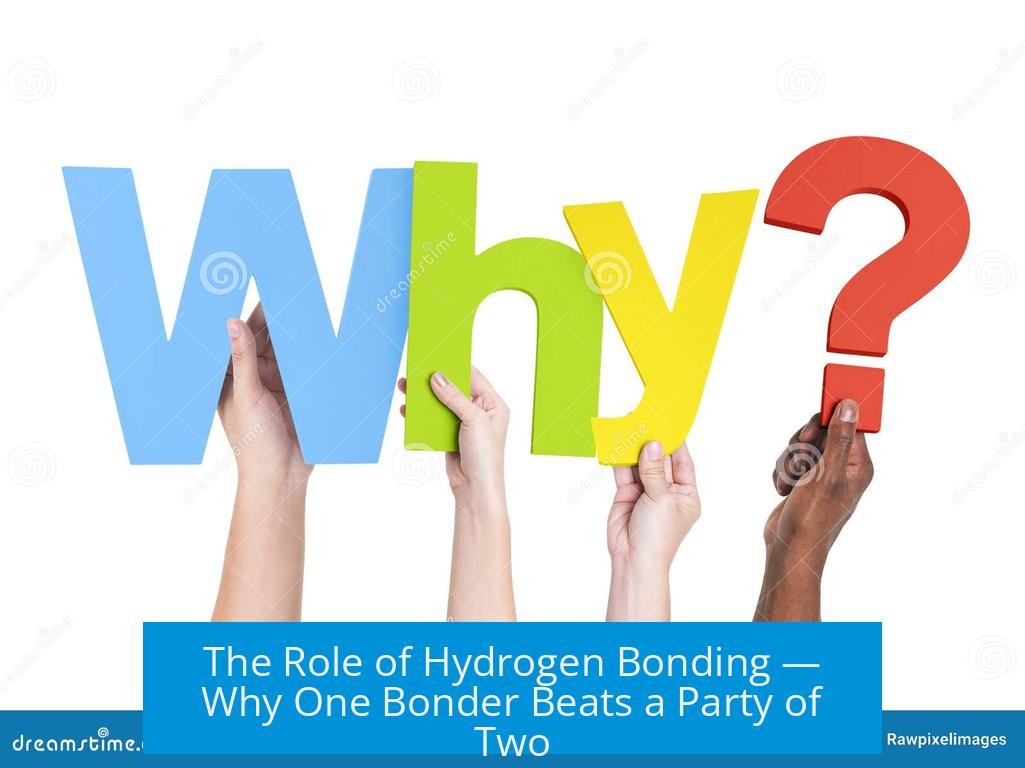
Ammonia (NH3) is a shy molecule when it comes to bonding. The nitrogen atom, its centerpiece, has exactly one free electron pair. This means each ammonia molecule can only form a single hydrogen bond with neighbors.
- **One free electron pair = One hydrogen bond per molecule.**
- So, imagine everyone at the party can only hold hands with one person — it’s limited interaction.
Now, water (H2O) is the life of the molecular party. Oxygen, unlike nitrogen, flaunts two free electron pairs. This allows each water molecule to form two hydrogen bonds with other molecules, creating a more connected and tightly knit network.
- **Two free electron pairs = Two hydrogen bonds per molecule.**
- This effectively doubles the number of “handshakes,” strengthening overall interactions.
More bonds mean stronger molecular interactions, making water molecules stick together more stubbornly.
Ratio of Free Electron Pairs to Hydrogen Atoms: The Molecular Math That Matters
Here’s a crucial detail: it’s not just how many bonds can form but the balance of electron pairs to hydrogen atoms that counts.
Ammonia has three hydrogens but only one free electron pair. Water has two hydrogens and two free electron pairs— a more optimal setup for bonding.
This ratio matters because it determines the extent of hydrogen bonding networks. Water’s balanced ratio lets it build extensive, interconnected molecular “social circles,” making it much harder to separate these molecules during boiling.
Ammonia’s setup leaves it with fewer connections, so less heat energy is needed to release the molecules from each other.
Quantifying the Difference: 133 °C, Not 33 °C
You might have heard ammonia’s boiling point is just slightly lower than water’s, but actually it’s a massive difference—approximately 133 °C lower!
| Substance | Boiling Point (°C) |
|---|---|
| Water | 100 |
| Ammonia | -33 |
This huge gap underscores that ammonia cannot stack up to water’s extensive hydrogen bonding. While water’s molecules cling tightly together due to multiple bonds, ammonia’s molecules break apart far more easily.
Think of it like a group hug versus a single handshake. The group hug (water) requires significantly more effort (energy) to end, while the handshake (ammonia) is quick to break.
Why Does It Matter? Practical Impact & Curiosities

The low boiling point of ammonia shapes its uses and nature:
- Refrigeration: Ammonia’s low boiling point and high heat absorption make it ideal for cooling systems in industry.
- Volatility: Ammonia readily turns into gas, making it easy to transport under pressure but needing careful handling.
- Natural Cycle: Its gaseous state in nature allows it to move quickly through the environment, affecting soil and atmospheric chemistry.
Understanding why ammonia’s boiling point is so low helps chemists and engineers design better applications—from efficient cooling systems to safer chemical handling protocols.
Wrapping Up: Why Should You Care?
Why does the boiling point of ammonia matter to you? It reminds us how tiny details—like an atom’s available free electron pairs—create huge real-world differences. It also shows that molecular “personality” matters a lot in chemistry.
Next time you see chilly fumes of liquid nitrogen or hear about ammonia-based coolants, you’ll know that deep under the surface, it’s the subtle dance of hydrogen bonds deciding the show.
So, here’s a question for you: If ammonia only forms one hydrogen bond, what might happen if it had more? Would it behave more like water, or take on a totally unexpected character? (Spoiler: That’s what chemists explore with altered molecules!)
Remember, chemistry is like a puzzle—small pieces like electron pairs make the big picture come alive, and that’s why ammonia keeps us cool in more ways than one.
Why does ammonia have a lower boiling point than water?
Ammonia molecules form fewer hydrogen bonds because nitrogen has only one free electron pair. Water has two free electron pairs on oxygen, allowing more hydrogen bonds. This difference lowers ammonia’s boiling point.
How does hydrogen bonding capacity affect ammonia’s boiling point?
Ammonia can only form one hydrogen bond per molecule. Water forms two. Fewer hydrogen bonds in ammonia means weaker intermolecular forces and a lower boiling point.
What role does the ratio of free electron pairs to hydrogen atoms play?
Water has a better ratio of free electron pairs to hydrogen atoms, enabling a stronger hydrogen bond network. Ammonia’s less optimal ratio leads to fewer bonds and a lower boiling point.
How much lower is ammonia’s boiling point compared to water?
Ammonia’s boiling point is about 133 °C lower than water’s. This is mainly due to its limited hydrogen bonding capability.


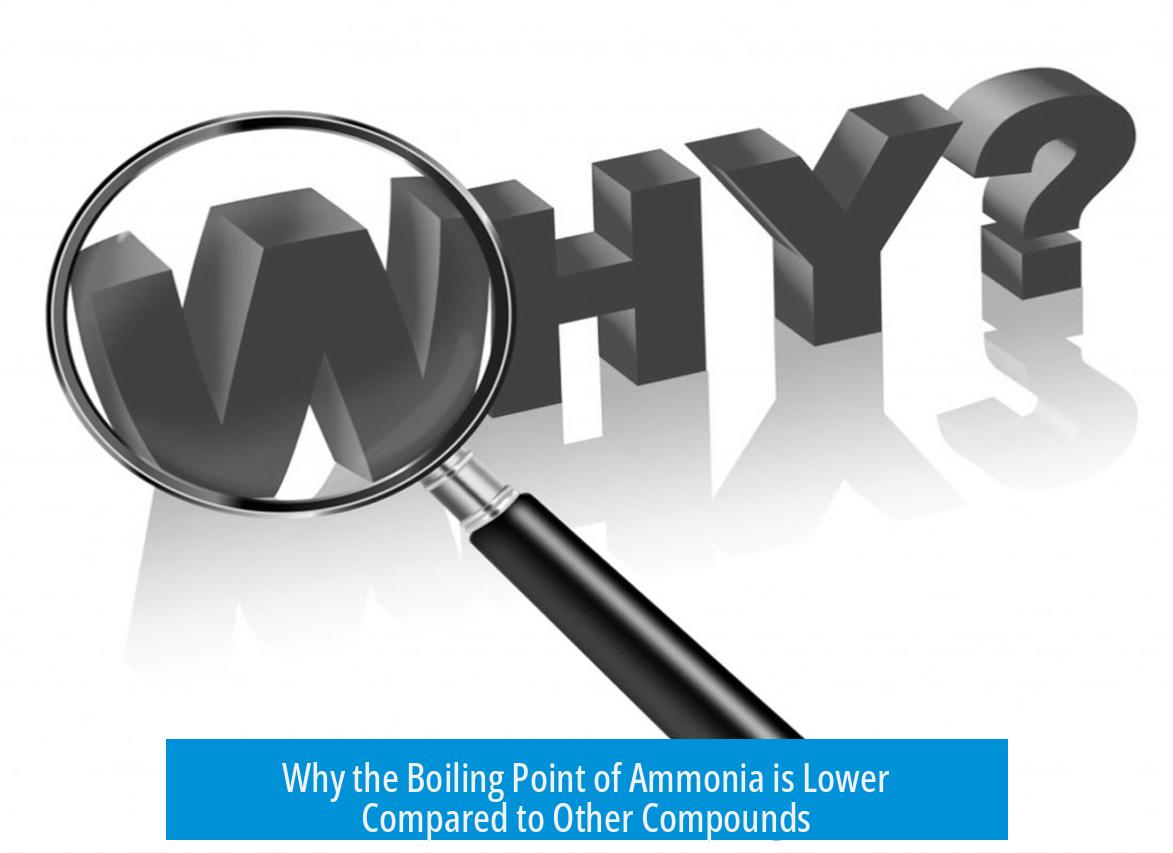

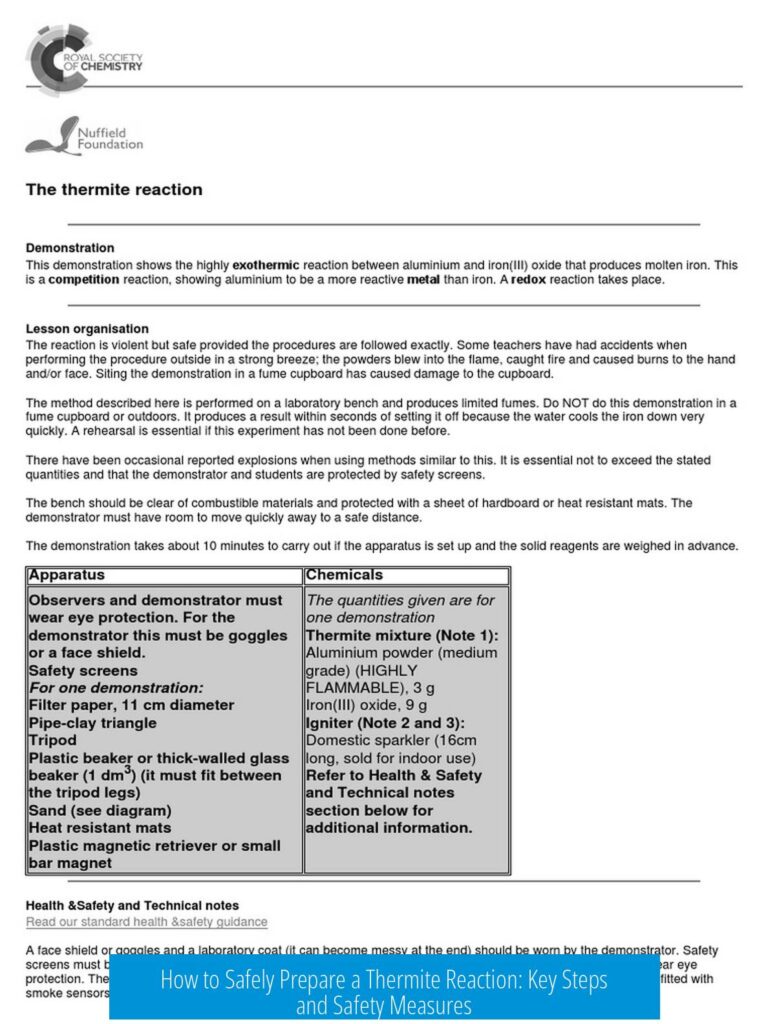
Leave a Comment